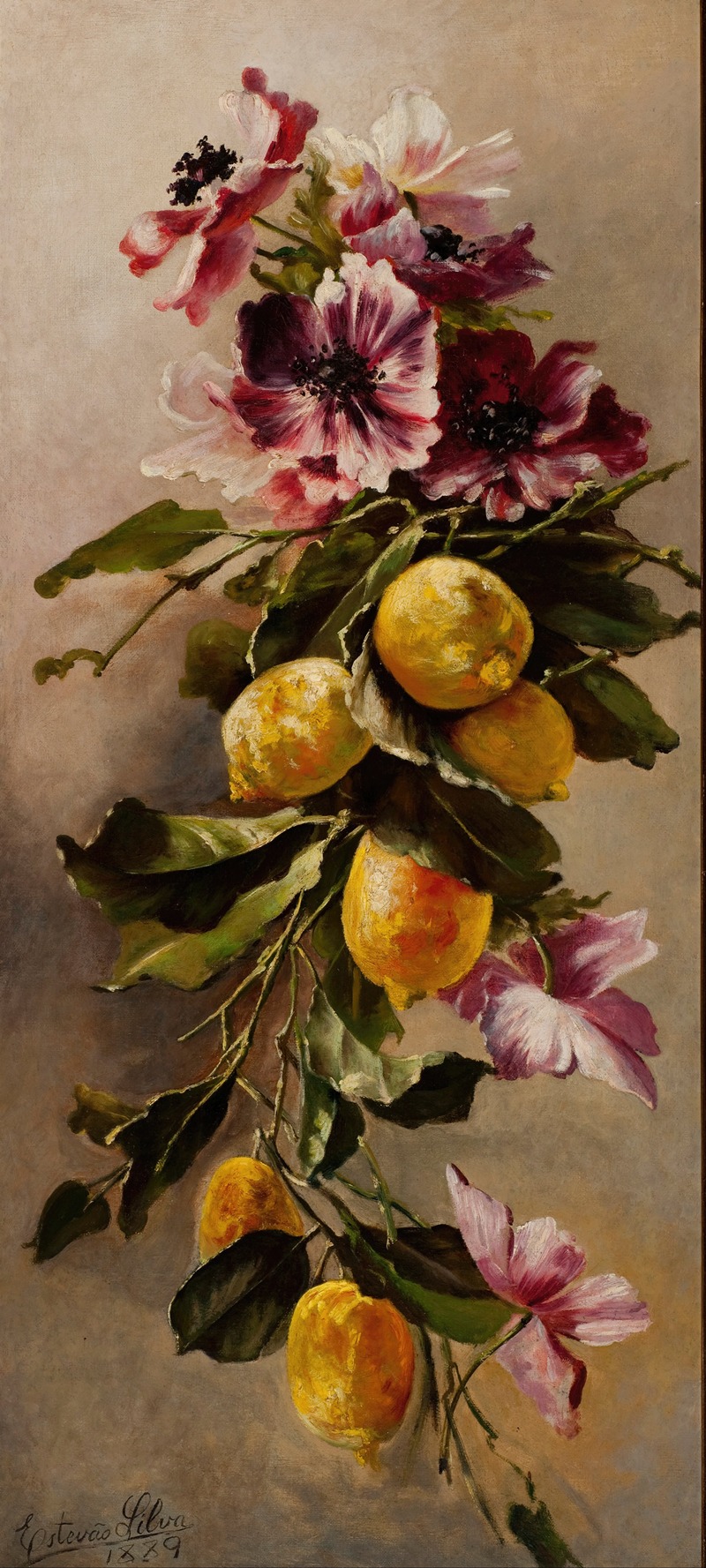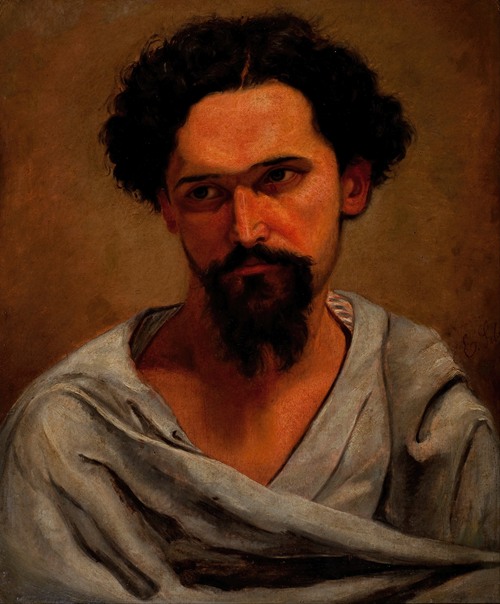

Estêvão Roberto da Silva was an important Brazilian painter, draughtsman and teacher of the second half of the 19th century. The first prominent black painter to graduate from the Imperial Academy of Fine Arts, he was known for his still lifes and is considered one of the greatest exponents of the genre in Brazilian art.
Of humble origins, he was the son of Vítor Roberto da Silva and Ana Rita da Silva, both enslaved or formerly enslaved. His place of birth is unknown, but it is known that he was baptized in Niterói. Despite his difficult economic situation, which was not uncommon among his classmates, he began his studies at the Imperial Academy of Fine Arts in Rio de Janeiro around 1863, where he was a contemporary of the painters Almeida Júnior, Rodolfo Amoedo, Belmiro de Almeida, Antônio Firmino Monteiro and the sculptor Rodolfo Bernardelli. He was greatly influenced by Agostinho José da Mota, an outstanding still life painter, with whom he took classes at the Academy. He specialized in painting tropical flowers and fruit, which is a substantial part of his work.
As a teacher, Silva taught at the Liceu de Artes e Ofícios in Rio de Janeiro. In the 1880s, he joined the Grimm Group, identifying with the innovative proposal of its members at the time: the study of nature through direct observation and painting outdoors. He did not, however, break with the aesthetic standards of the Academy. As well as still lifes, he did some portraits (such as that of the painter Castagneto) and paintings of historical (The Law of September 28), religious (St. Peter) and allegorical (Charity) themes, among others.

